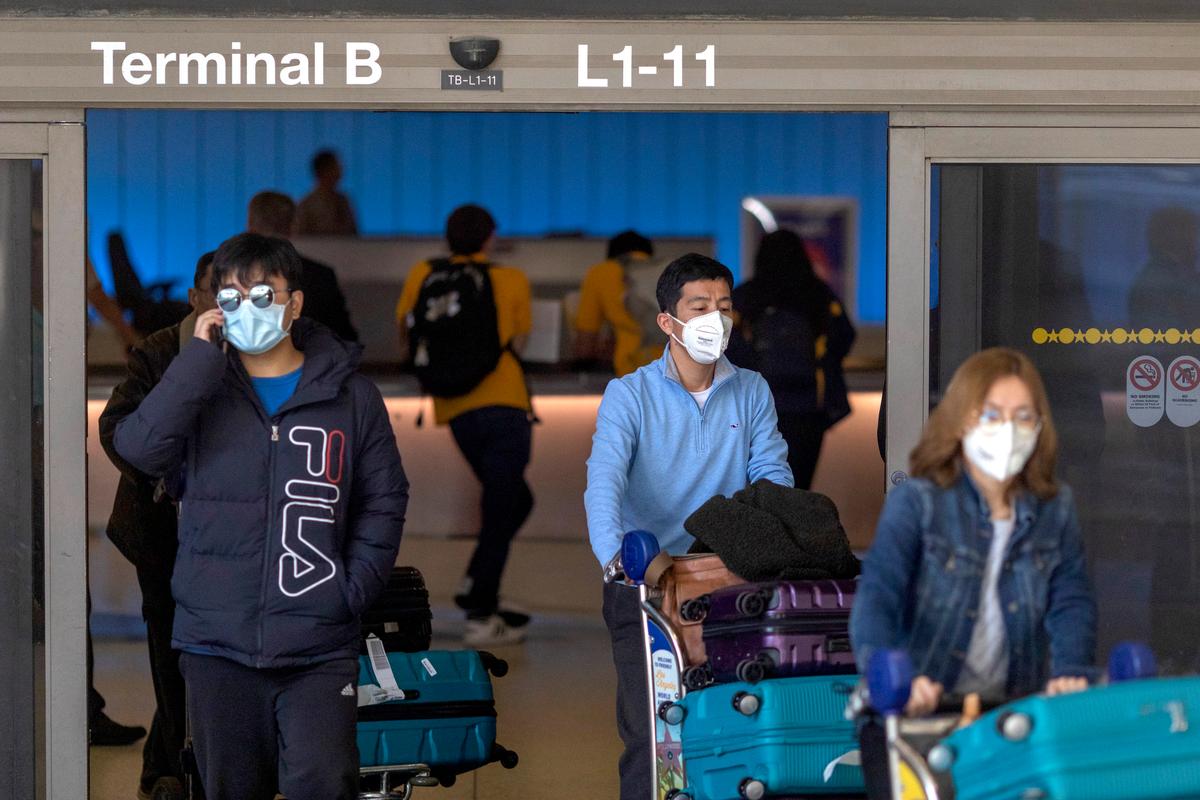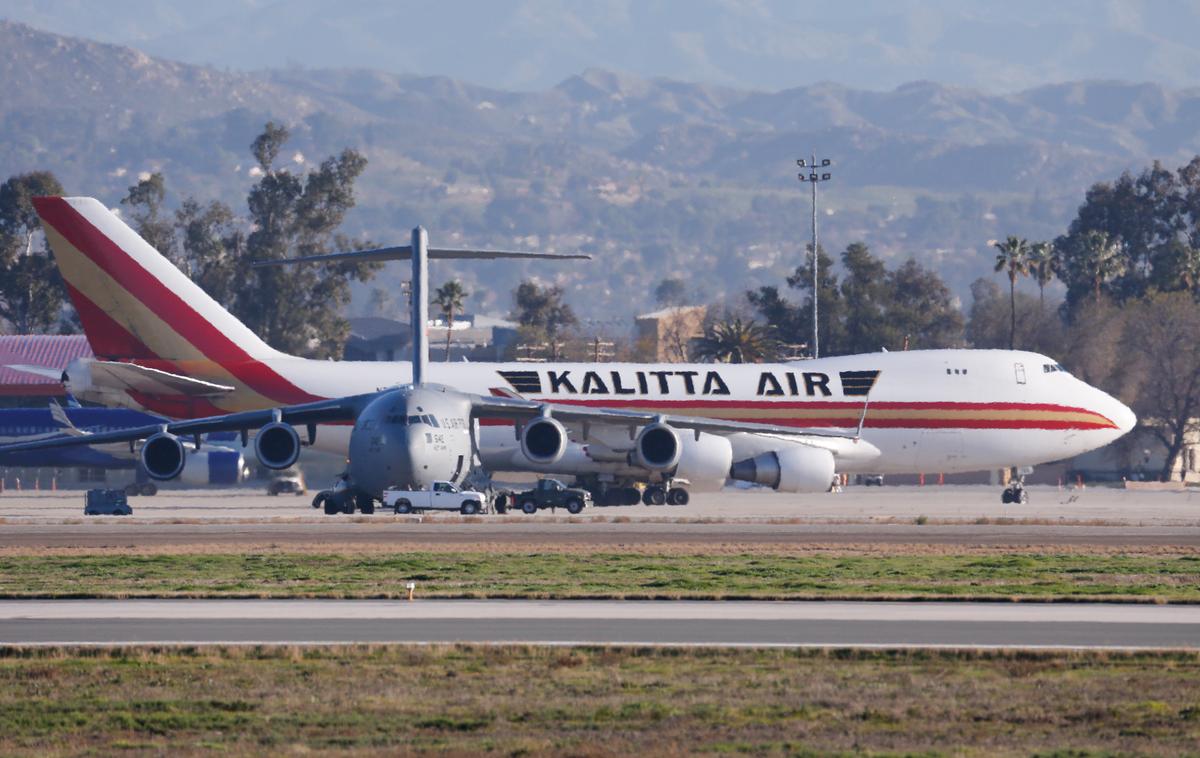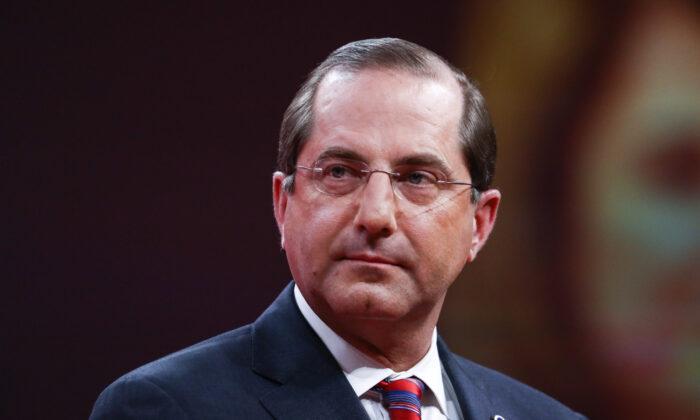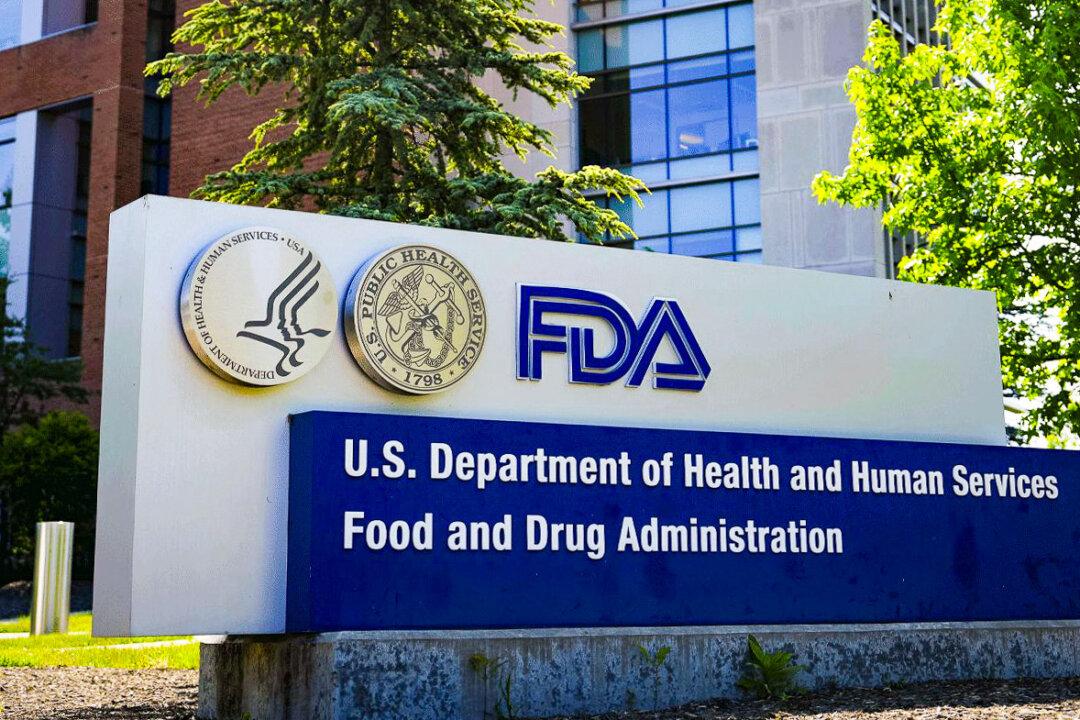U.S. officials are going to test suspected coronavirus cases in five cities, Secretary of Health and Human Services Alex Azar announced on Thursday.
The Centers for Disease Control (CDC), a federal agency, is working with health departments in the cities, Azar said during a Senate Finance Committee hearing in Washington.
“As of today, I can announce that the CDC has begun working with health departments in five cities to use its flu surveillance network to begin testing individuals with flu-like symptoms for the China coronavirus,” he said, referring to COVID-19.
“Many questions about the virus remain, and this effort will help see whether there is broader spread than we have been able to detect so far,” he added.
The CDC didn’t immediately return a request for more information on the testing, such as which cities the testing will take place in, how people will be identified, and whether people would be isolated until the test results came back.
Azar’s announcement came after the CDC confirmed the 15th case of the new coronavirus in the United States and the first in the state of Texas. The patient who tested positive was evacuated from Wuhan, the epicenter of the virus, and isolated at a hospital near Joint Base San Antonio-Lackland.
More than 800 Americans and relatives were evacuated from China on State Department-chartered flights since January. They’ve been placed under federal quarantine, the first used in five decades, at military bases in California, Nebraska, and Texas.


“I don’t think we should be planning for the onesie-twosie cases that we’ve been seeing thus far in the United States,” Asha George, executive director of the Bipartisan Commission on Biodefense, told lawmakers on Capitol Hill. “We have to plan for the possibility that we have thousands of cases.”
Scott Gottlieb, a former Food and Drug Administration commissioner, told the Senate committee that he expects a COVID-19 outbreak to emerge across the United States in the next two to four weeks.
“We should be leaning in very aggressively to try to broaden diagnostic screening right now, particularly in communities where there is a lot of immigration; where these efforts could emerge to identify them early enough; that they’ll be small enough; that we can intervene to prevent more epidemic spread in this country,” he said.






Friends Read Free